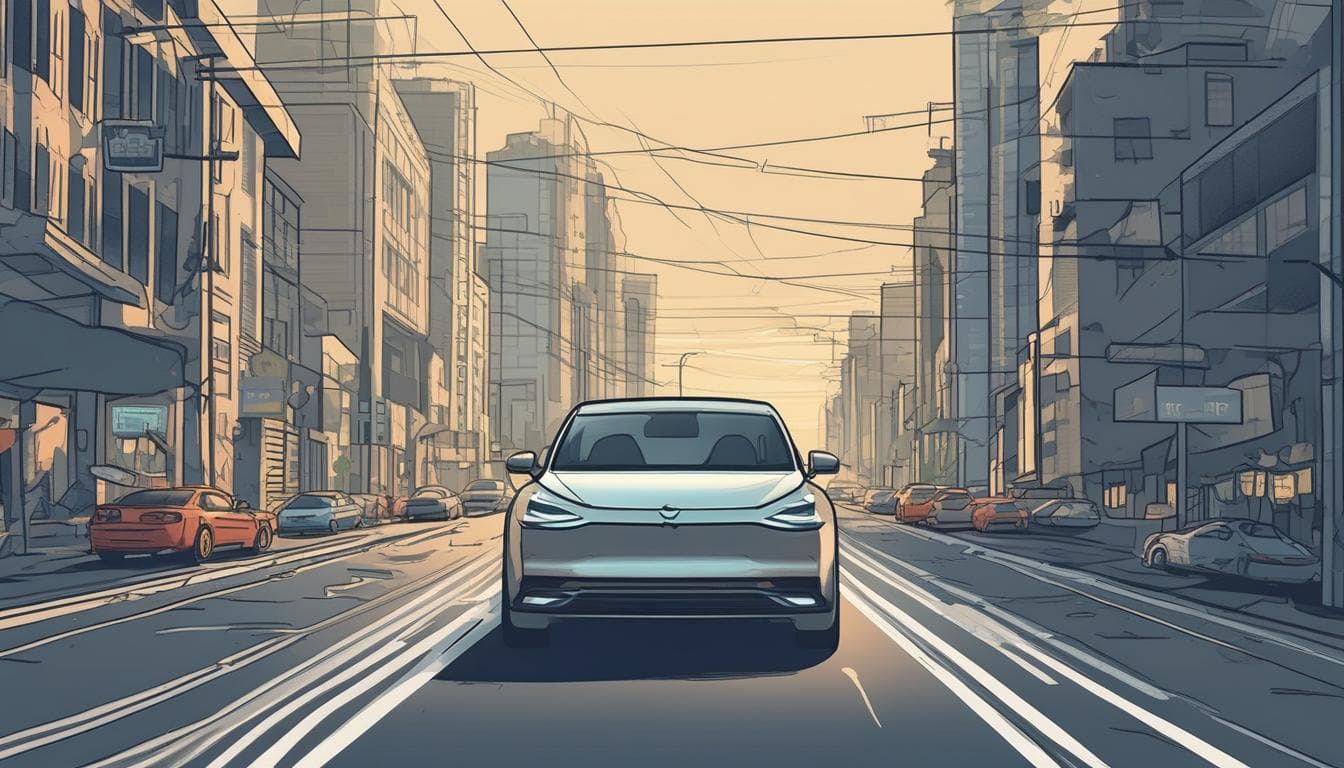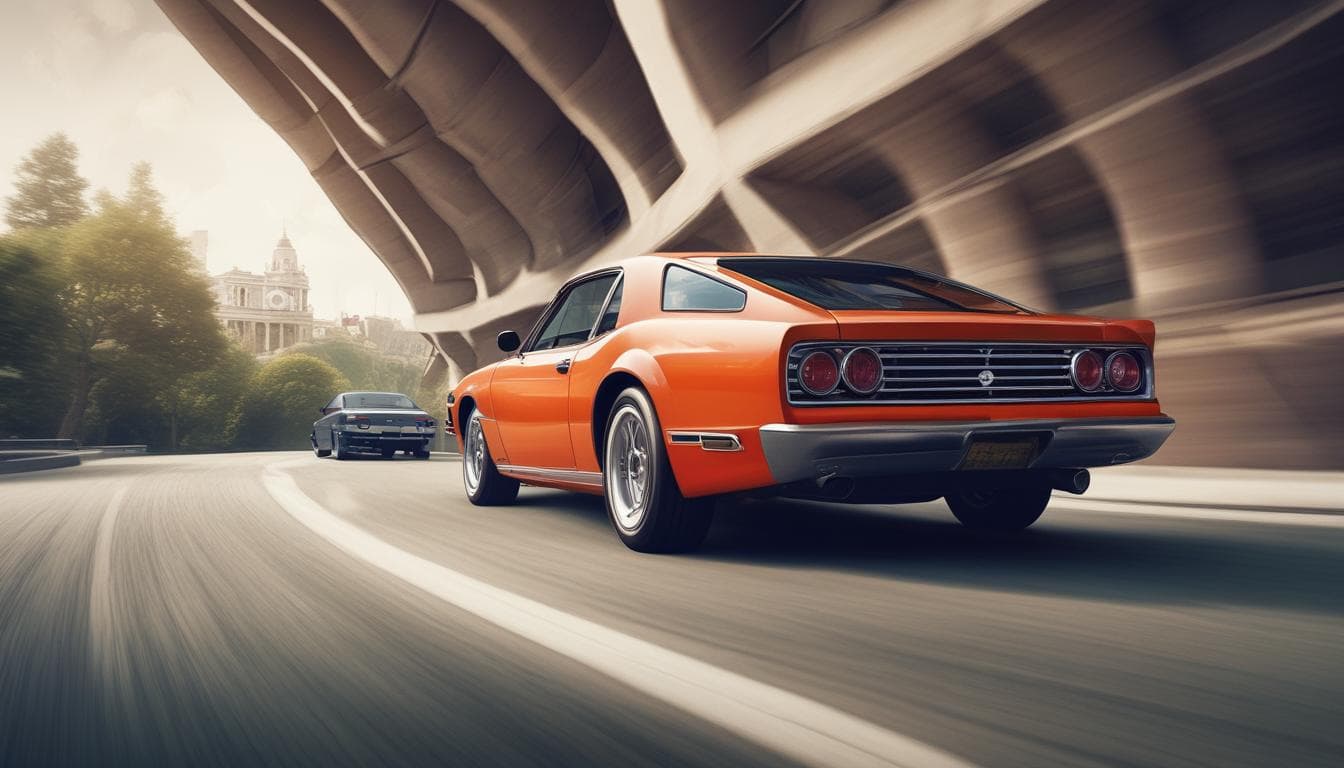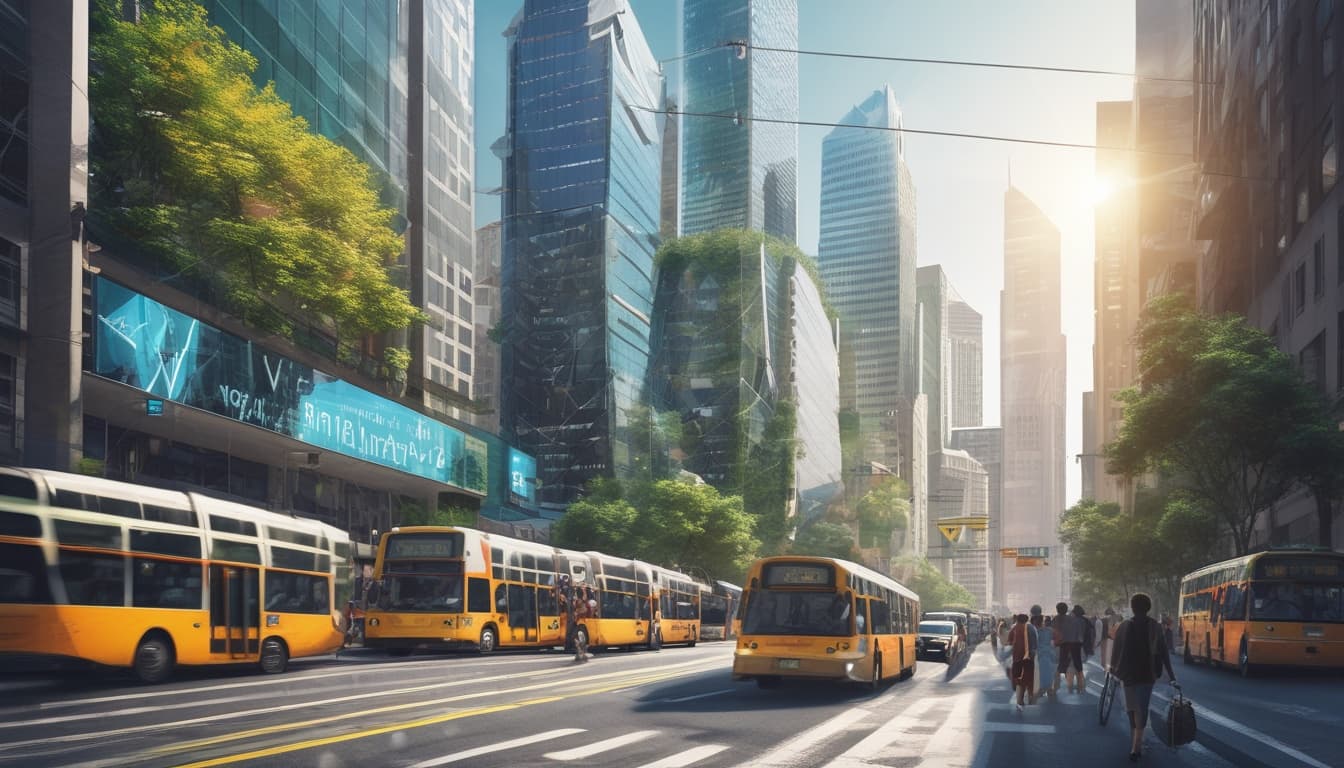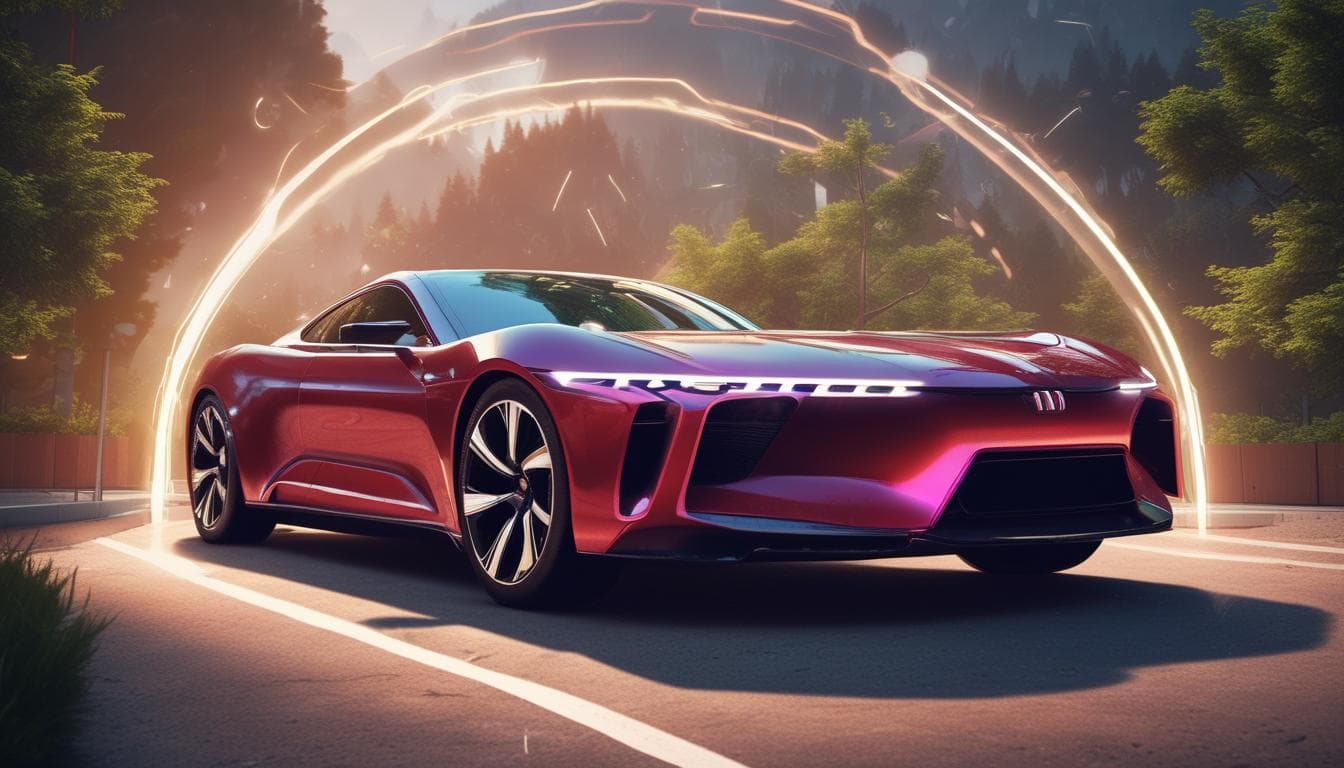Beyond the roar of an engine or the silence of an EV, how crucial is the intentional soundscape of a modern vehicle? Consider warning chimes, indicator clicks, UI feedback sounds, even engineered powertrain notes. How do you think sound design will evolve to shape brand identity, enhance safety perception, and define the user experience in future cars, especially as cabins become quieter? Share your thoughts on how auditory cues could transform driving.
Sound design in modern vehicles is indeed a fascinating and crucial aspect of automotive development. As cabins become quieter—particularly in electric vehicles (EVs)—the auditory elements can play a pivotal role in shaping not just the user experience but also the brand identity and safety perception.
Brand Identity Through Sound
Automotive brands are increasingly using soundscapes as a means to express their identity. For example, some EVs have introduced bespoke powertrain hums that reflect futuristic or sporty personas. The absence of traditional engine noise in EVs also opens opportunities to experiment with engineered sounds that align with the vehicle’s aesthetic and performance goals.
Enhancing Safety with Intentional Soundscapes
Sound has critical implications for safety. In urban environments, pedestrian alert systems on EVs ensure that these silent vehicles can still be detected by those nearby. Moreover, inside the cabin, well-designed signals like seatbelt alerts, lane departure warnings, or parking assist feedback greatly improve driver awareness and response times. As Vehicle-to-Everything (V2X) communication gains traction, sound-based notifications could inform drivers of approaching vehicles or emergency scenarios. For those interested in this area, the revolution in V2X communication and its role in road safety is a must-read.
Transforming Cabin Experiences with Auditory Cues
With quieter cabins, soundscapes have the potential to create immersive experiences, blending comfort with functionality. Features like ambient sound modes—mimicking natural soundscapes or offering customization based on user preferences—are becoming increasingly popular. Additionally, advancements in in-cabin sensing and personalization, as discussed in how AI is redefining in-car safety and experience, are shaping sound design possibilities by integrating real-time adjustments for driver mood and behavior.
The Future of Automotive Sound Design
Sound design is evolving alongside technologies like AI and IoT that are creating hyper-personalized in-car experiences. Imagine a vehicle that adjusts all auditory cues based on context—quiet alerts during night drives, sharper cues in traffic, or mood-based music recommendations. It’s also worth noting how biometrics might further impact this development, where unique sounds could enhance both security and personalization as mentioned in the rise of biometrics in vehicle personalization.
To sum up, intentional soundscapes are set to transform the way users interact with vehicles, bridging the gap between functionality, aesthetics, and emotional resonance. How do you envision the auditory branding of your favorite car brand might evolve in this landscape?
Explorez plus sur ce sujet
Rejoignez la conversation
- Voitures auto-réparatrices : révolution ou science-fiction ?
Imaginez des voitures capables de se réparer toutes seules. Matériaux autorégénérants, diagnostics intelligents et mises à jour automatiques : comment cette technologie pourrait-elle transformer l'industrie automobile, du design à la maintenance ?
- L'industrie automobile française face à la mondialisation
Comment l'industrie automobile française peut-elle maintenir son identité et sa compétitivité sur le marché international tout en s'adaptant aux nouvelles technologies et aux exigences environnementales ? Partagez vos points de vue et analyses.
- Voitures du futur : plateformes de divertissement immersif ?
L'avenir de l'automobile s'annonce divertissant ! Imaginez des trajets transformés en expériences immersives de cinéma, jeux vidéo ou réalité virtuelle. Quelles implications pour la conception des véhicules, la sécurité et l'industrie automobile française ?





